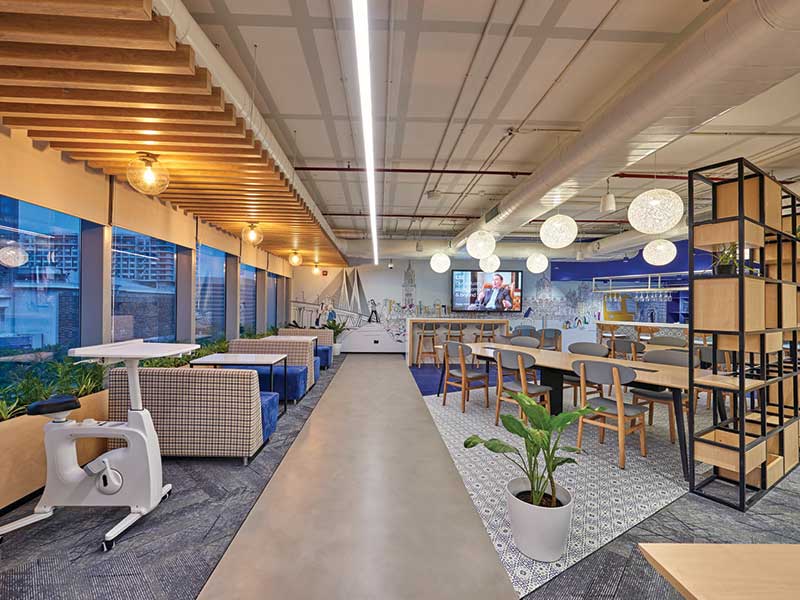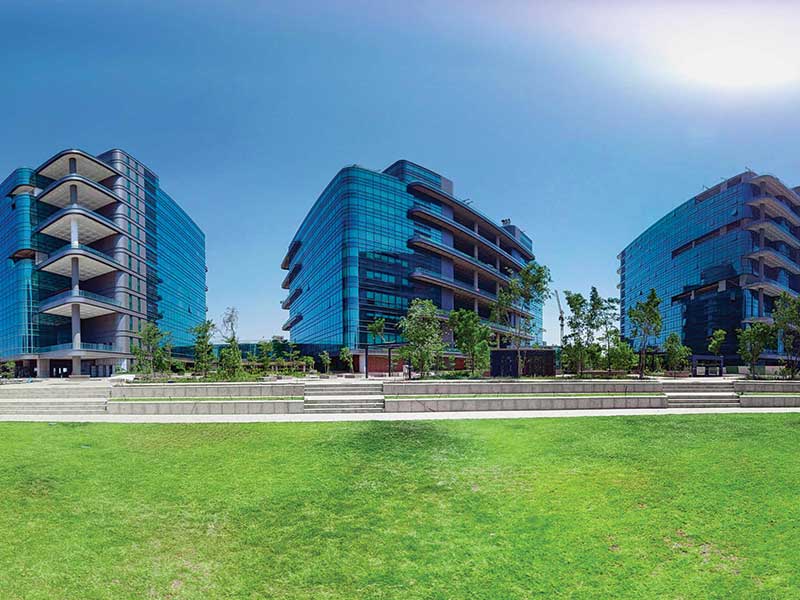By Parag Kulkarni, Managing Director, A. O. Smith India
The alarming rate of deforestation and land degradation in recent years has highlighted on the urgent need for action to safeguard the rich biodiversity. The ongoing Covid-19 pandemic has heightened this reality by underlining the importance of fresh and non-contaminated air, and has also thrown into sharp focus the link between people’s health and that of the ecosystem, emphasizing the importance of conserving nature. Hence, all the stakeholders must come together to save and protect our environment from different environmental challenges that the world is facing today.
There are vast opportunities when it comes to investing in sustainable practices and there is an urgency now to take action to protect biodiversity
Protecting biodiversity has also become a business imperative for companies. There are plenty of firms which thrive economically while working for a better world and the results are there to be seen for all. For example, the solar and wind energy industry is among the fastest growing sector and the renewable energy market is also projected to reach 2.15 trillion U.S. dollars worldwide in 2025. Companies need to be environmentally active also because customers and investors expect them to be committed and deliver results. Each business can contribute in its own way in this movement for a sustainable bio-diversity. Here are a few measures that companies can take to ensure an environmentally healthy world:
Production of innovative green products: Sustainability and environmental issues are rapidly emerging as one of the most important topics for strategic business, management, manufacturing, and product development decisions. Hence, it is critical for companies to produce green products that would keep the environment safe and contribute to a green economy. In order to achieve sustainable development, companies must redesign products, upgrade and adapt new technologies.
Reducing carbon footprint: Energy efficiency is another goal that can be achieved to reduce footprint. The goal should be to move towards zero waste. Companies can initiate commitments that will result in large-scale transformations or fulfilling smaller goals. There are many ways in which you can educate employees to make positive changes or be involved in eco-friendly behaviours or habits that will save or conserve energy.
Focus on re-cycling practices: There are many materials which can be recycled or re-used, and hence will reduce the waste generated in various fields. For example, around 50 million tons of e-waste is generated every year, but only 20 percent of this is recycled, according to a UN study, and is on track to reach 120 million tons per year by 2050 if current trends continue, according to a report. The e-waste produced annually is worth over $62.5 billion, more than the GDP of most countries. If the total mass of these materials is re-used, a great environmental hazard will be prevented.
Moving towards a paperless environment: Companies can move to a paperless environment as much as possible. The push towards digitization is sparking more interest than ever. Although the concept is not new, the technologies we have at our fingertips are vastly more powerful than they were only a few years ago. Companies can go for green technologies that would use less paper and contribute to a healthy ecology.
Rainwater harvesting: It is a concept that lets us use natural rainwater productively in multiple ways. The smallest and the largest of buildings must have in place a rainwater harvesting system that can provide a steady source of water. This water should be filtered and re-filtered to make it consumption-friendly. The harvested rainwater can be used in restrooms and for watering the garden and can be purified using simple techniques to make it safe enough to drink.
Landscaping: This initiative eliminates carbon dioxide from the air and replaces it with clean oxygen. Cleaner air means that employees will enjoy the green space during breaks, breathe cleaner air, and will return to work refreshed. This increases productivity and reduces sick days and can improve the overall well-being of employees as landscaping is vital for a healthy body and mind.
In conclusion, it can be said that the power to safeguard biodiversity is with us, and we need to act collectively. Individuals and corporations can make small changes in daily habits without dramatically affecting lifestyles. The scale of what your company can achieve by going green can never be underestimated. Build knowledge about how your company can make a difference on issues that are impacting the planet. Collaboration is a great instrument in crafting and executing green visions that would provide the human race an exalted and exhilarating planet to live on. The safe and healthy future that we are all striving for is NOW.










